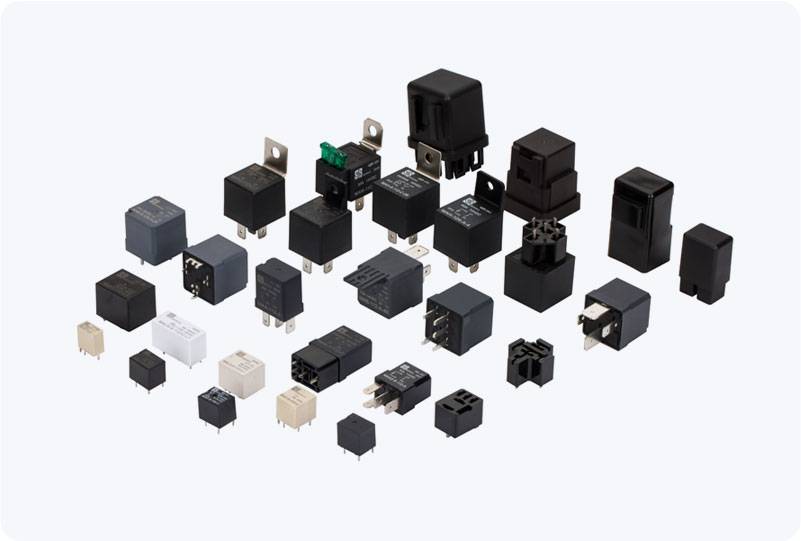
The automotive industry is undergoing a significant transformation, with the rise of new energy vehicles (NEVs) playing a central role in the shift toward more sustainable and eco-friendly transportation options. New energy vehicles, including electric vehicles (EVs), plug-in hybrid vehicles (PHEVs), and hydrogen fuel cell vehicles, are gaining popularity due to their reduced environmental impact and lower dependence on fossil fuels. However, as these vehicles become more advanced, the demand for cutting-edge technologies that improve performance, efficiency, and safety also grows. One such innovation is the use of SSR (Solid-State Relays) in NEVs. SSRs are increasingly being used in the automotive sector to enhance various aspects of NEV systems, including power control, energy management, and overall vehicle performance.
